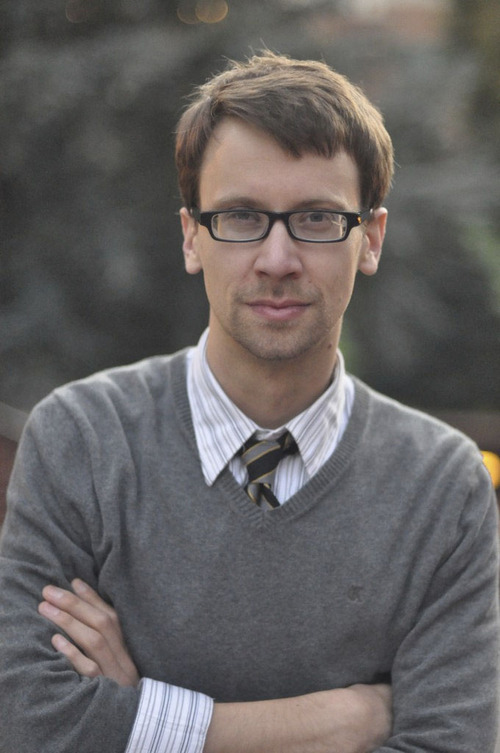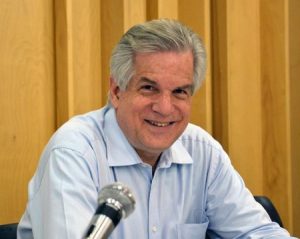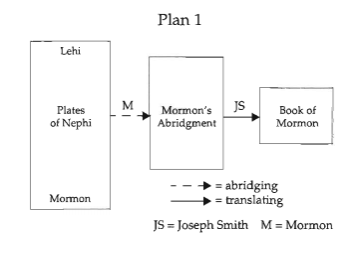Patrick Mason on Anti-Mormonism and Mitt Romney
October 6, 2011Listen to Claremont Chair of Mormon Studies Patrick Mason discuss and dissect anti-mormonism, polygamy, current politics, Native American, African-Americans, religious pluralism, slavery, the Mountain Meadows Massacre, the Cane Creek Massacre and much more in this new podcast from Research on Religion.










